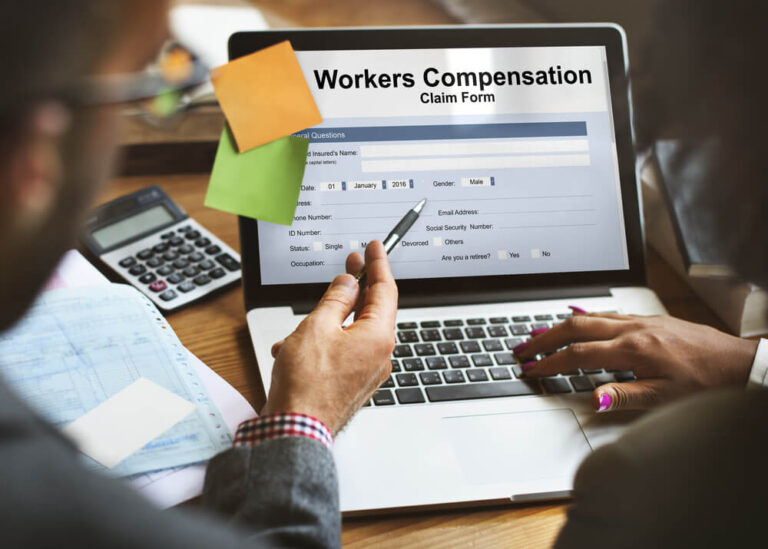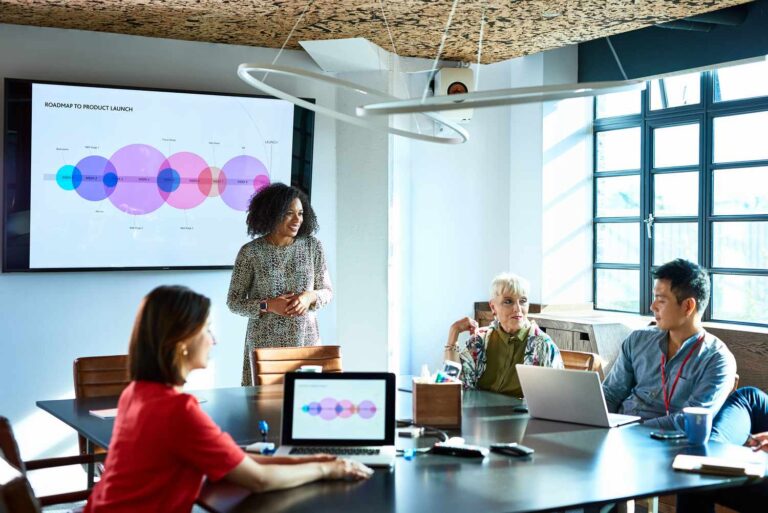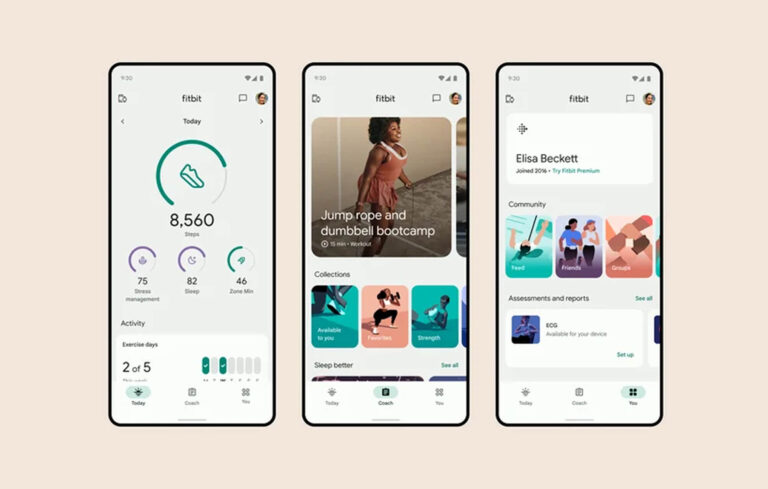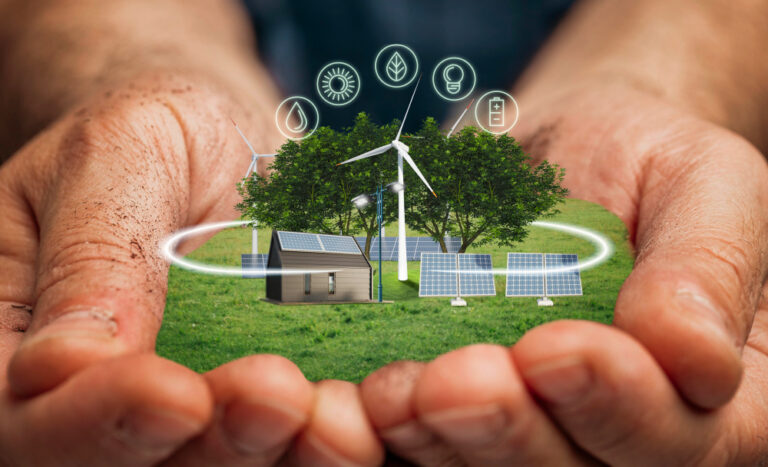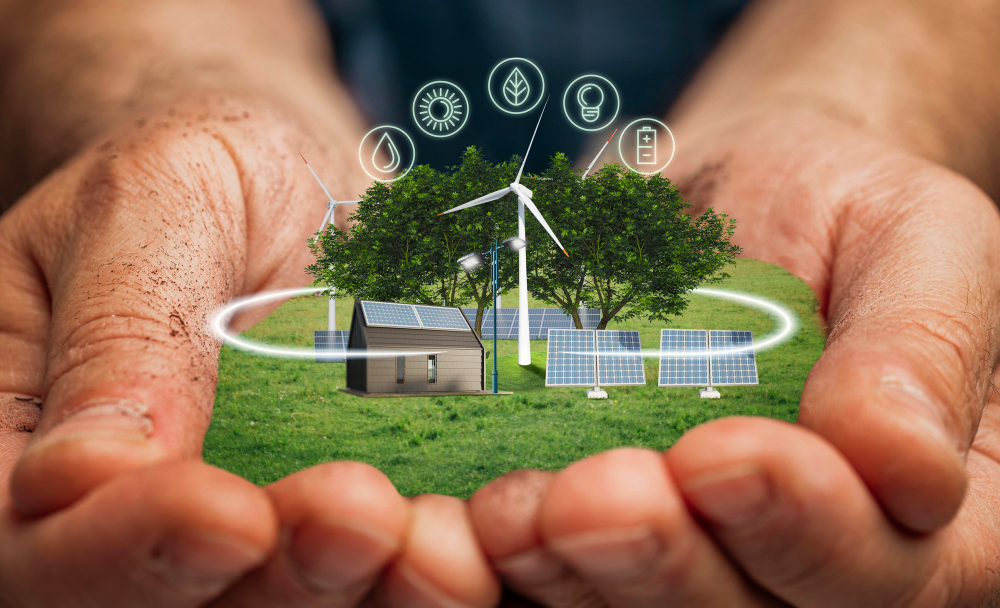
Mixed-use developments have emerged as a dominant trend in urban planning and design over the recent years. This trend has redefined the manner in which people live, work, and interact within their communities. In the opinion of Joe Cianciotto, as cities grow and evolve, developers and architects leverage innovative approaches to create vibrant spaces that blend residential, commercial, and recreational uses seamlessly.
Joe Cianciotto talks about how mixed-use development trends are shaping the future of urban living
Sustainability is at the forefront of mixed-use developments today. An increasing number of developers and architects across the world are incorporating energy-efficient systems, green building materials, as well as renewable energy sources like solar panels, in mixed-use developments. Features like native landscaping, rainwater harvesting systems, and green roofs additionally help reduce the environmental footprint and elevate the overall functionality and aesthetics of mixed-use projects. Adding bike-sharing facilities and electric vehicle charging stations further supports eco-friendly transportation.
Contemporary mixed-use developments tend to prioritize walkability. They facilitate the creation of pedestrian-friendly environments that encourage people to interact and explore. Accessible public transit options, thoughtfully designed pathways, and bike lanes facilitate seamless connectivity between recreational hubs, retail spaces, and residential areas. As per Joe Cianciotto, the focus on walkability goes a long way in promoting a healthier lifestyle and lowers reliance on automobiles, ultimately contributing to a more sustainable urban fabric.
The integration of smart technology, in many ways, is revolutionizing mixed-use developments. Features like IoT-enabled devices and appliances, app-based community management platforms, and more, considerably enhance the convenience of the residents and visitors. Many developers also implement smart building technologies in mixed-use developments in order to monitor indoor air quality and optimize energy use. Such technologies can provide real-time data on the energy usage of the facility, thereby fostering more efficient and sustainable operations.
Flexibility plays a crucial role in the success of mixed-use developments, especially as community needs continue to change and evolve over time. One growing trend is the adaptive reuse of existing structures, where older buildings are transformed into vibrant mixed-use spaces. This not only preserves architectural character but also provides a sustainable approach to urban development. In addition to this, modular construction methods are becoming increasingly popular, as they allow buildings to be easily modified, expanded, or reconfigured in the future to meet shifting demands.
Modern mixed-use developments are also being designed with versatile, multi-purpose areas. These spaces are often used for different functions throughout the day. For example, they can serve as co-working environments during business hours and transform into venues for social gatherings, community events, or entertainment in the evening. This kind of dynamic space planning ensures that buildings remain active and valuable throughout the day, and attracts a wide range of users, thereby maximizing both functionality and space utilization. Such adaptable design strategies help developments remain relevant, resilient, and community-focused over time.
A sense of community is considered to be a hallmark of successful mixed-use developments. Public gathering spaces like plazas, parks, and rooftop gardens play a pivotal role in creating opportunities for social interaction and fostering a sense of belonging.
